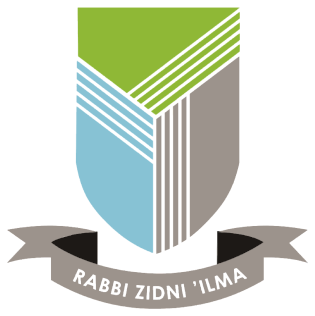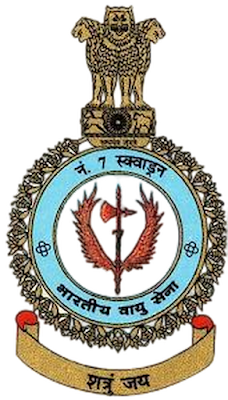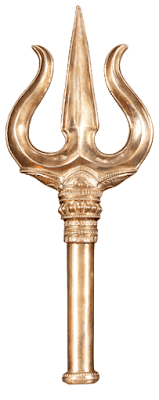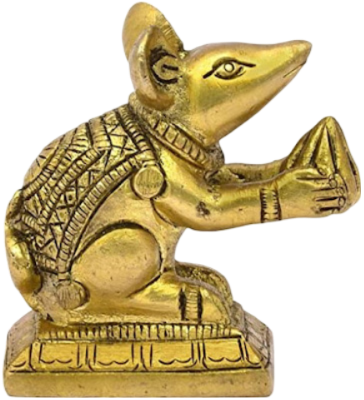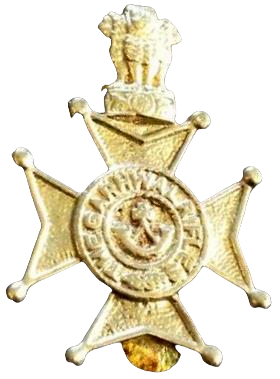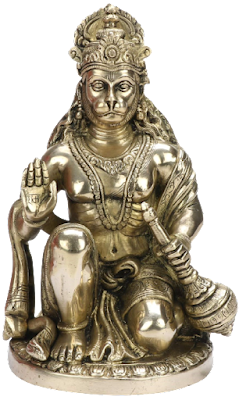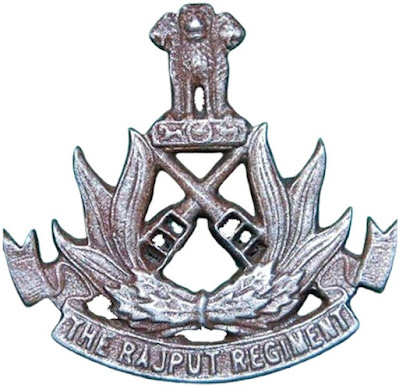AL-KARIM UNIVERSITY
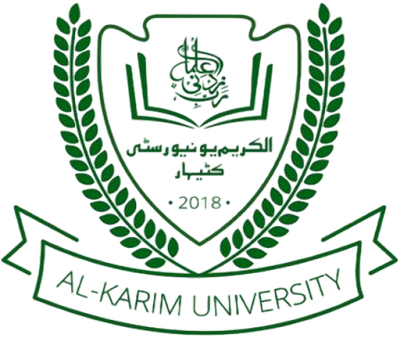
AL-KARIM UNIVERSITY In the year 1986, National Education Policy identified Katihar district in Bihar for special emphasis on development and education. In accordance with the recommendation of Sunil Mukherjee Committee and Mudaliar Committee that a medical college be established in Katihar or Nalanda Medical College be shifted from Patna to Katihar. The Al-Karim Educational Trust, Patna was established in the year 1986 and subsequently Katihar Medical College was established by the trust in May 1987. The trust established Al-Karim University, Katihar in 2018 through Bihar Private Universities Act, 2013 and the University Grants Commission (UGC) recognised the university in 2019. The emblem of the university is a green shield supported by a pair of olive laurels and a banner. Al-Karim is one of the ninety nine names of Allah, which means generous. The shield symbolises strength and safety. The Arabic text ‘Rabbi Zidni ‘Ilma’ (Ch: 20, Verse: 114, Quran) which translates to ‘My Lor
